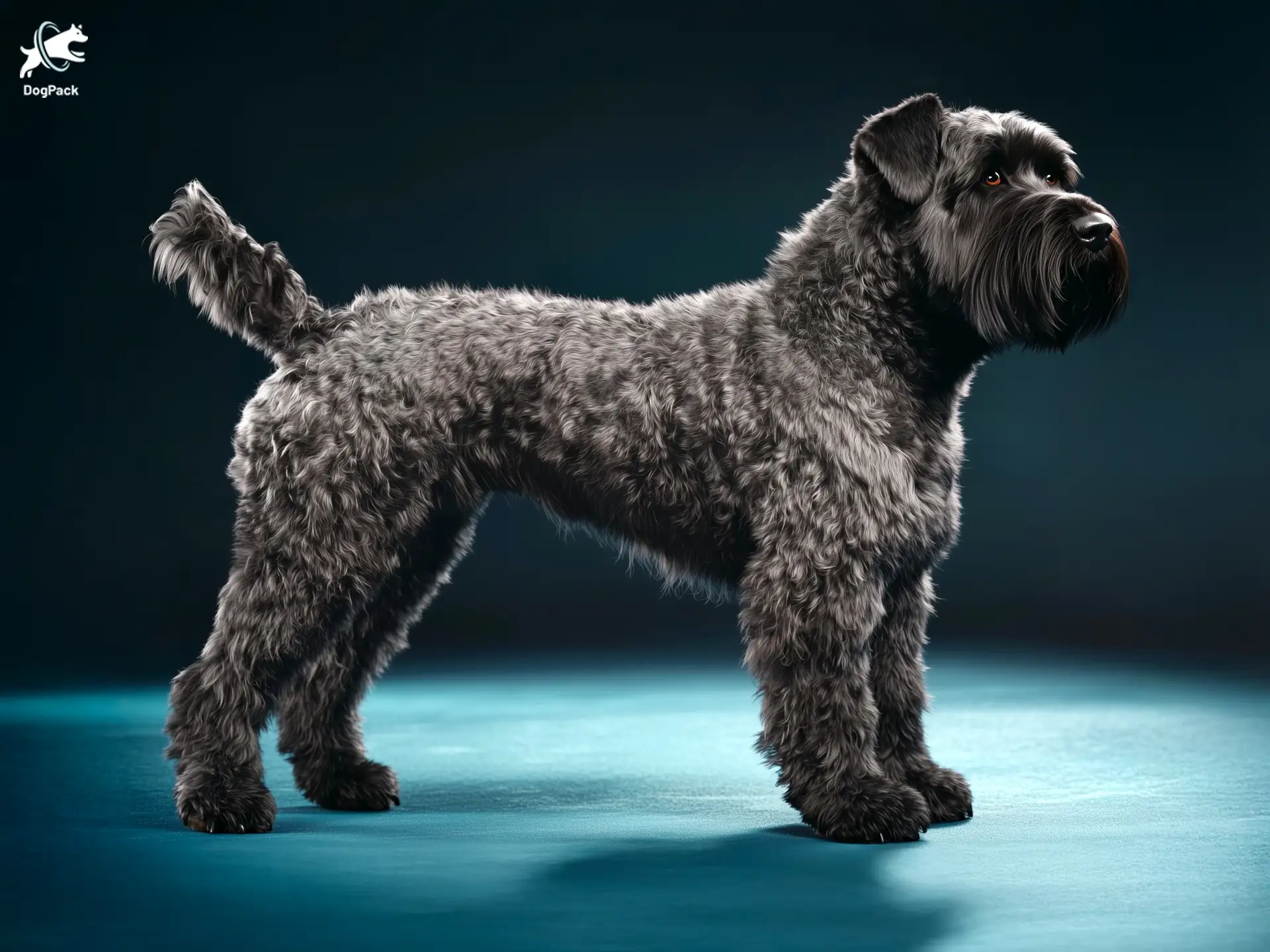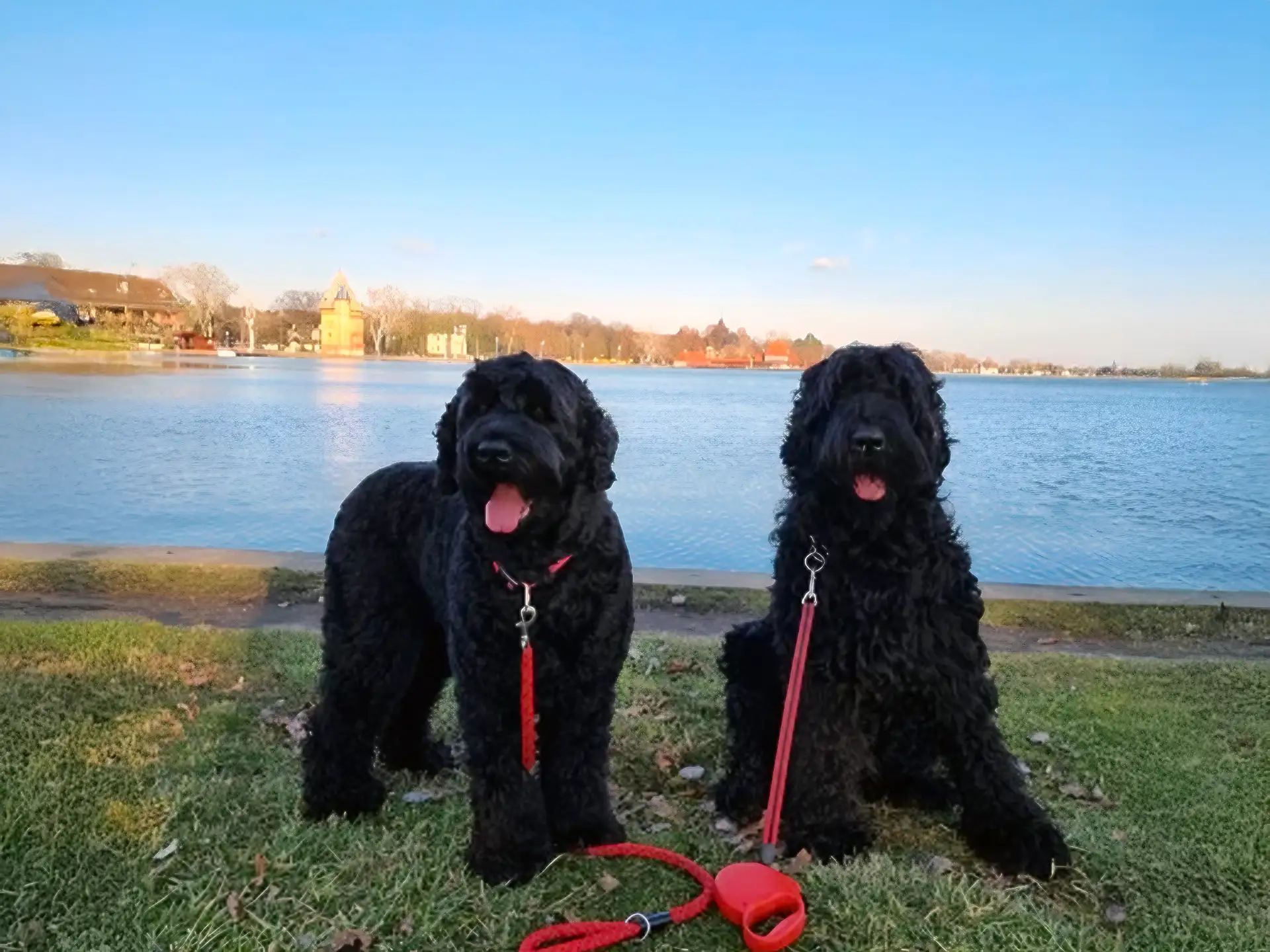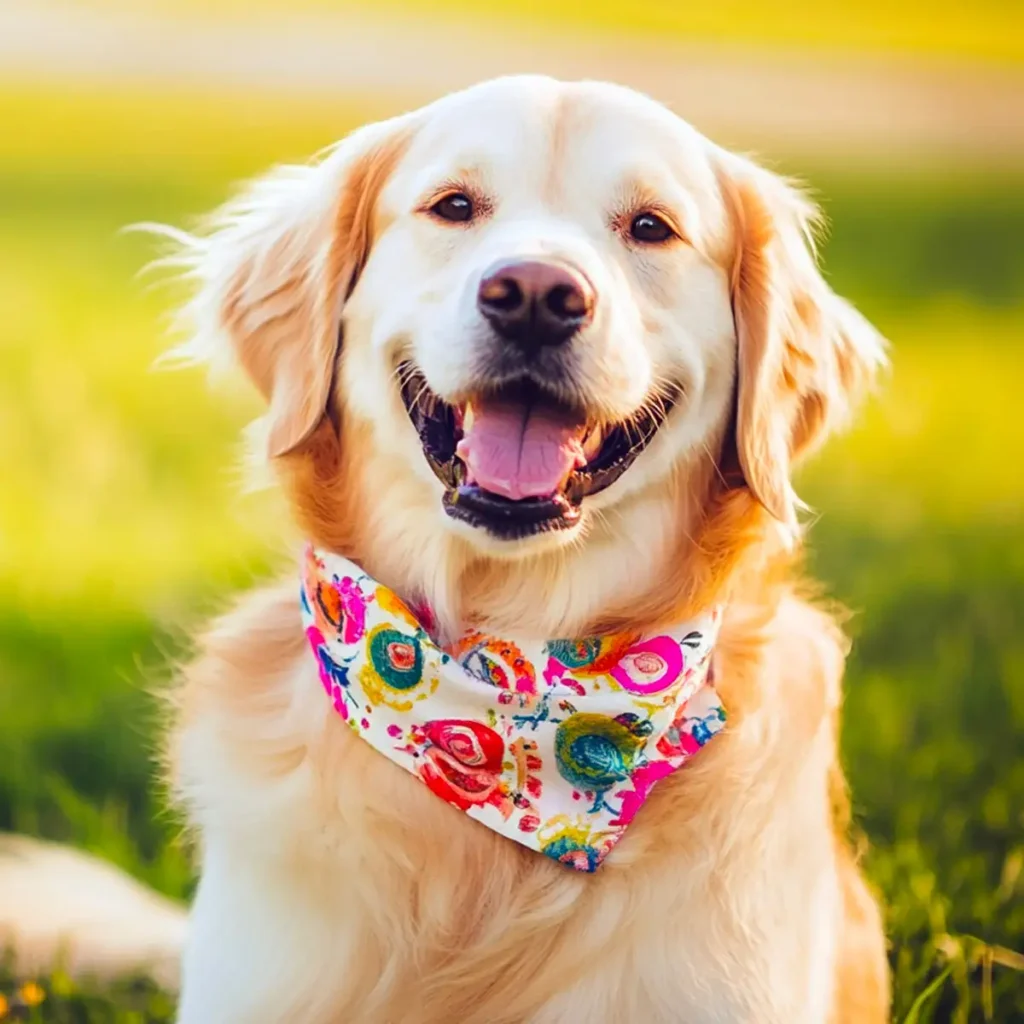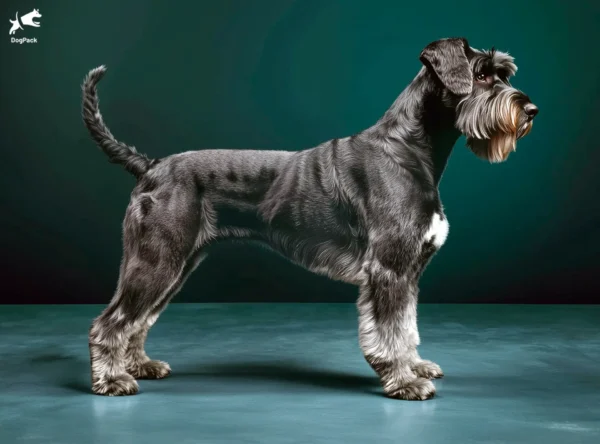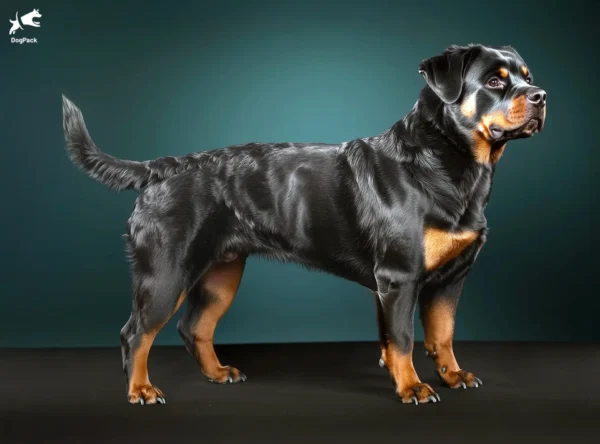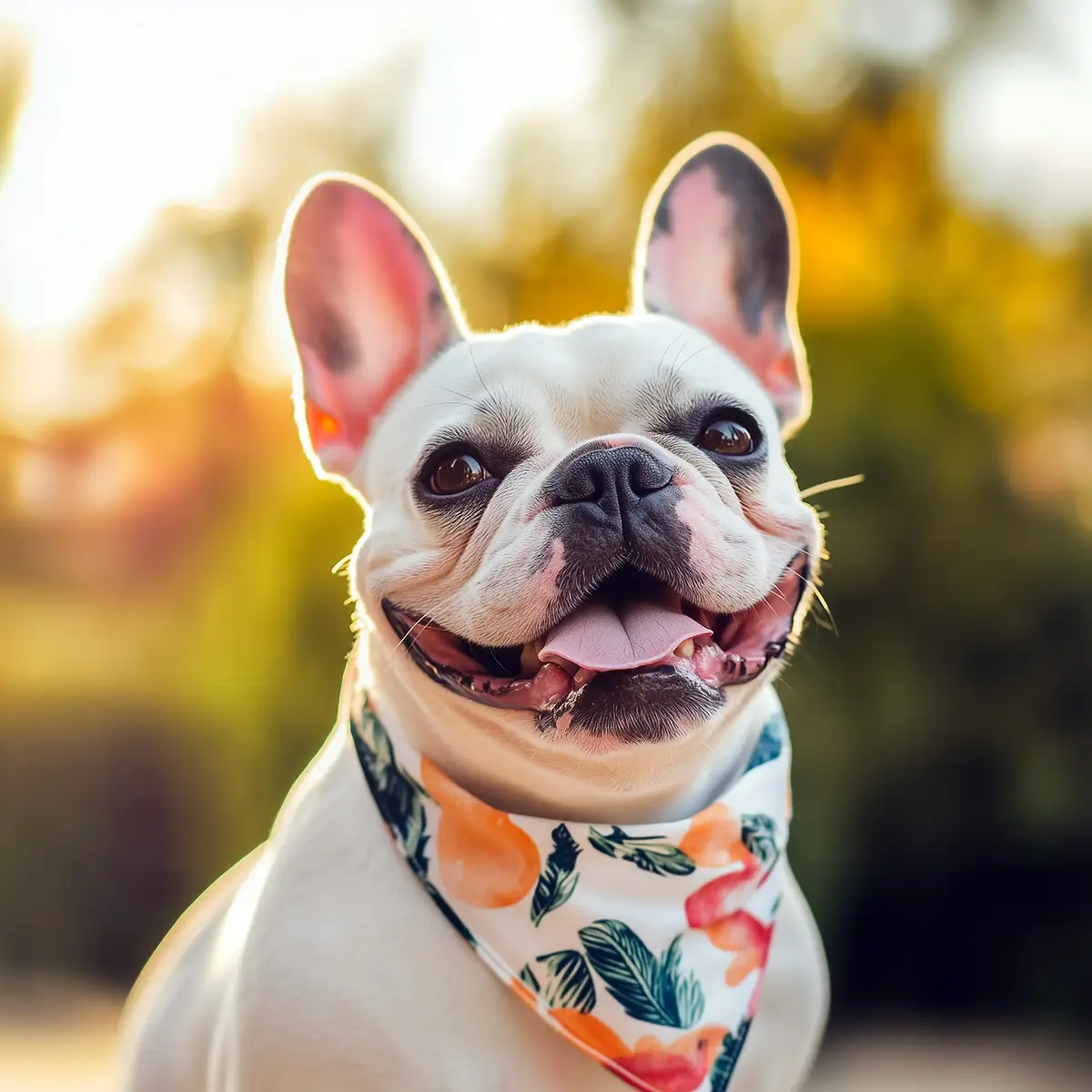Black Russian Terrier Dog Breed Info & Overview
Looking for a versatile, loyal, and intelligent dog? The Black Russian Terrier checks all the boxes. Originally developed by the Soviet military, this breed is renowned for its strength, confidence, and protective instincts. With their impressive size and bold personality, they make excellent guardians and devoted companions, blending a smart, working-dog attitude with a gentle, family-friendly demeanor.
Characteristics
Pictures
Breed History
The Black Russian Terrier’s origin is as formidable as its appearance. Created by Soviet military breeders in the 1940s, this breed was developed to serve in harsh environments, protecting secret facilities. A mix of several breeds like the Giant Schnauzer, Rottweiler, Airedale Terrier, and Newfoundland, they were engineered for resilience, loyalty, and strength.
Over the years, the breed transitioned from military roles to more civilian duties, showing their adaptability. Their work ethic made them invaluable to police forces and private owners alike. These dogs excelled at guarding, all while maintaining the intelligence needed for more complex tasks.
The breed’s name is a testament to their origin and appearance. “Black Russian Terrier” reflects their dark coat and homeland roots. While relatively new compared to ancient breeds, their history speaks of purpose-built excellence and unmatched loyalty.
Temperament, Personality
Loyalty is the cornerstone of the Black Russian Terrier’s personality. They form incredibly close bonds with their families and are known to be excellent protectors. Their intelligence allows them to assess situations quickly, making them both watchful and calm in the home environment.
With children, they show patience and gentleness, but supervision is always a good idea, given their size and strength. This breed tends to be wary of strangers, which makes early socialization essential to help them distinguish between friend and foe.
While they may be aloof with unfamiliar people and pets, proper introduction and consistent training can ease these tendencies. Black Russian Terriers are eager to please and often take cues from their owners, making them adaptable and responsive companions.
Physical Characteristics
Standing tall and muscular, the Black Russian Terrier is a powerhouse of a dog. Males can reach up to 30 inches in height and weigh as much as 130 pounds. Their large, well-proportioned build gives them a commanding presence, yet they move with surprising grace and agility for their size.
The breed’s dense black coat is one of its defining features. This double coat is thick, wiry, and slightly wavy, designed to protect them in Russia’s cold and harsh climates. It provides a rugged look while being practical for their working background, shielding them from the elements.
Distinctive facial features like their bushy eyebrows and beard make them stand out in the crowd. These expressive features not only add to their charm but also give them an air of wisdom, making their presence both imposing and endearing.
Health Issues
Though generally healthy, the Black Russian Terrier can be prone to several breed-specific conditions. Due to their size, hip and elbow dysplasia are common issues, which can affect their mobility as they age. Regular veterinary checkups are crucial to catch these early.
Eye problems such as progressive retinal atrophy (PRA) can also affect this breed. PRA is a degenerative condition that can lead to blindness, so annual eye exams are highly recommended. Reputable breeders will often screen for these conditions to reduce the risk in future generations.
Genetic testing and a healthy diet play a vital role in preventing long-term health issues. Regular exercise combined with balanced nutrition can help maintain their joints and overall well-being, keeping them in optimal condition throughout their lives.
Grooming Needs
Grooming a Black Russian Terrier requires consistent effort but is manageable with the right routine. Their wiry double coat needs to be brushed at least twice a week to prevent tangles and matting. Despite their thick coat, they are considered low shedders, making them relatively low-maintenance in this regard.
A professional groomer is recommended every few months to keep their coat in top condition. This involves trimming around the face and feet, as well as maintaining a neat appearance overall. Their bushy beard and eyebrows need regular trimming to avoid irritation and to keep their vision clear.
Bathing can be done as needed, though frequent baths aren’t necessary unless they become dirty. Keeping their ears clean and teeth brushed is essential for their health, and regular nail trims will ensure they remain comfortable and active.
Exercise Requirements
The Black Russian Terrier is a high-energy dog that requires a good amount of daily physical activity. An hour or two of exercise, including walks, runs, or play sessions, will help burn off their energy and keep them fit. Without this outlet, they may become restless or destructive.
They excel in activities that challenge both their physical and mental capabilities, such as agility training, obedience courses, or scent work. Keeping their minds engaged is just as important as keeping their bodies active, as boredom can lead to unwanted behaviors.
A securely fenced yard is ideal for this breed to roam and play safely. Regular outdoor activities, combined with mental stimulation, will keep them well-balanced and content, reducing the likelihood of behavioral issues arising from pent-up energy.
Training Tips
Training a Black Russian Terrier is both rewarding and necessary due to their intelligence and independent nature. They respond well to positive reinforcement, and a consistent training schedule will help them thrive. Avoid harsh methods, as they are sensitive to tone and can become stubborn if pushed too hard.
Early socialization is crucial for this breed, as they are naturally suspicious of strangers and unfamiliar animals. Introducing them to new environments, people, and pets from a young age helps curb any overly protective tendencies and creates a well-rounded adult dog.
Obedience training should focus on keeping them engaged, as they may become bored with repetitive tasks. Varying commands and incorporating play into training sessions will keep their attention and foster a stronger bond between dog and owner.
Nutrition, Diet
Feeding the Black Russian Terrier requires careful attention to portion control and diet quality. They do best on high-quality, large-breed dog food that supports their muscle mass and energy requirements. Their meals should be split into two servings per day to prevent bloat, a condition larger dogs are prone to.
Puppies benefit from large-breed puppy food that ensures slow, steady growth, preventing joint issues later in life. For adults, about 3 to 4 cups of dry food per day is typical, but individual needs can vary based on activity levels. Consulting your vet will ensure the right nutritional balance.
Look for foods rich in protein and omega-3 fatty acids to support their coat and overall health. Avoid overfeeding, as obesity can exacerbate joint issues in this breed, leading to more severe problems as they age.
Adoption, Breeders
When seeking a Black Russian Terrier, finding a responsible breeder is crucial. The Black Russian Terrier Club of America is a great resource for getting breed-specific advice and proper breeding practices. Reputable breeders will provide health clearances and be open about the dog’s history and lineage.
If adoption is more your route, consider checking out breed-specific rescues like the Black Russian Terrier Rescue. These organizations often have dogs in need of loving homes, and adopting can give a dog a second chance. Always do thorough research to ensure you’re bringing home a healthy, well-adjusted dog.
Both options require patience and due diligence. Asking for references, visiting breeders or rescues, and learning about the dog’s background will ensure you find the perfect companion.
Family Pet?
In the right family, the Black Russian Terrier can be an exceptional pet. They’re protective, loving, and loyal, making them great with children—especially older ones who can match their size and energy levels. However, their large size means they should always be supervised around younger children to prevent accidental knocks.
When introduced early, they can coexist with other pets, though they may prefer being the dominant one. Their protective nature ensures they’ll always have your back, though it’s crucial to guide them so they don’t become overbearing.
These dogs need a family that can provide plenty of attention, activity, and mental stimulation. Given the right environment, they will form unbreakable bonds and be the perfect guardian and companion.
Right For You?
If you lead an active lifestyle and have space for a large dog, the Black Russian Terrier might be an ideal fit. They thrive in homes where they can participate in family activities, and they excel with owners who are committed to training and socialization.
However, they may not be the best fit for first-time dog owners or those who lack the time to invest in training and exercise. Their size, strength, and independent nature can be overwhelming for inexperienced handlers.
Before committing to this breed, make sure you’re ready for the responsibility of a dog that requires consistent attention, care, and engagement. If you can meet their needs, you’ll have a loyal, protective companion for life.
Conclusion
Strong, intelligent, and fiercely loyal, the Black Russian Terrier is a breed like no other. They’re not just pets; they’re partners in adventure, guardians of the home, and affectionate family members. If you’re ready for the commitment, this majestic breed could be the missing piece to your family’s puzzle.
FAQs
-
How do Black Russian Terriers handle hot weather?
Black Russian Terriers tolerate cooler climates better due to their thick coats. In hot weather, they can overheat easily, so it’s important to provide them with shade, fresh water, and limit exercise during peak heat.
-
Are Black Russian Terriers easy to train?
Yes, Black Russian Terriers are intelligent and trainable, but they need firm, consistent leadership. Early training and socialization are crucial to prevent dominant behavior and ensure they grow into well-behaved companions.
-
Can Black Russian Terriers be left alone for long periods?
Black Russian Terriers are loyal and bond closely with their families, so they don’t do well being left alone for extended periods. They can become anxious or destructive if isolated for too long.
-
Are Black Russian Terriers good with children?
Black Russian Terriers can be great with children when properly trained and socialized. Their protective instincts make them reliable family guardians, though supervision is recommended due to their size and strength.
-
Do Black Russian Terriers need a lot of exercise?
Yes, Black Russian Terriers are active dogs that need regular exercise to stay happy and healthy. Daily walks, mental stimulation, and playtime are essential for their well-being.
Breed Ratings
Exceptionally smart, they learn quickly and appreciate mental challenges to keep them engaged.
They have a playful side but also take their role as guardian seriously.
Moderate to high energy; they need daily exercise to stay happy and healthy.
Low shedding thanks to their wiry coat, but regular grooming is needed.
Moderate prey drive; early training helps manage chasing instincts.
Requires regular brushing and professional grooming to maintain their coat.
Highly trainable with consistent, positive methods.
Prefers company and may become anxious if left alone too long.
Will bark to alert but not excessively vocal.
Minimal drooling compared to other large breeds.
Can be friendly with other dogs if properly socialized.
Generally healthy but watch for genetic conditions like hip dysplasia.

